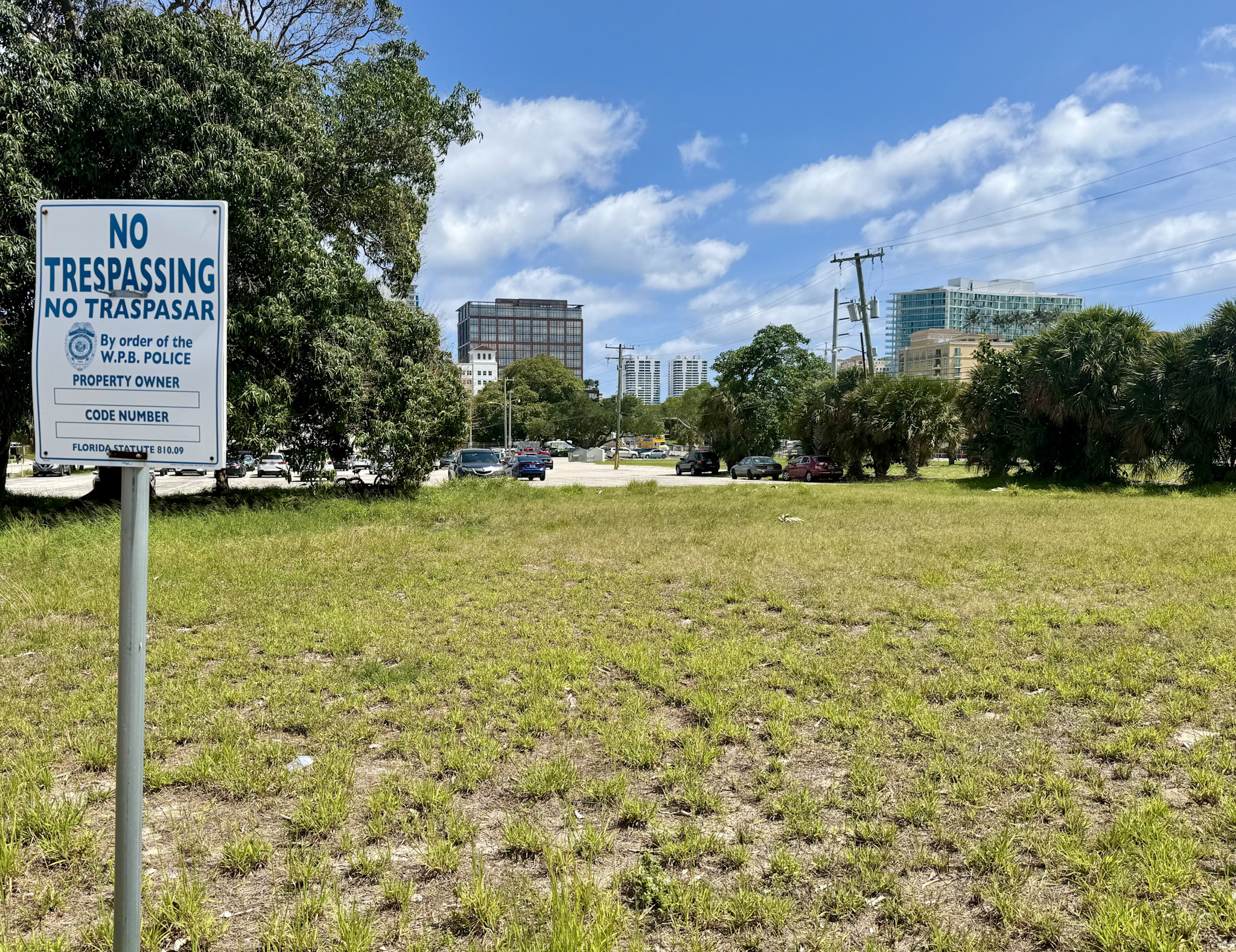Government Report on Transportation Accessibility and Alignment with Sustainable Development Goals
1.0 Introduction: Addressing Transportation Deficiencies for Persons with Disabilities
The Government of Bermuda has formally acknowledged significant deficiencies within the public transportation system concerning accessibility for persons with disabilities. This report outlines the issues identified by the Human Rights Commission (HRC), the government’s committed response, and the direct alignment of proposed actions with the United Nations Sustainable Development Goals (SDGs), particularly SDG 10 (Reduced Inequalities) and SDG 11 (Sustainable Cities and Communities).
2.0 Human Rights Commission Findings on Transportation Inequity
The HRC’s 2024 Disability Inclusion Report highlighted transportation as a critical barrier to full societal participation for persons with disabilities. Key findings include:
- Systemic Ineffectiveness: Government-provided public transportation is largely ineffective for persons with disabilities, with the public bus fleet lacking wheelchair access entirely.
- Service Failures: Participants in the HRC survey cited a lack of disability-informed planning, inconsistent service, limited accessibility, and insufficient funding as major problems.
- Ineffective Private Sector Solutions: A previous initiative to permit duty-free import of accessible taxis and minibuses has not adequately served the intended individuals, failing to provide a reliable alternative.
- Socio-Economic Impact: The HRC report frames accessible transportation not as a convenience but as a “lifeline for individuals who require access to education, employment, healthcare, recreation and community life.”
3.0 Alignment with Sustainable Development Goals (SDGs)
The identified transportation challenges directly contravene the principles of several key SDGs. Addressing these issues is fundamental to Bermuda’s commitment to the 2030 Agenda for Sustainable Development.
3.1 SDG 11: Sustainable Cities and Communities
- Target 11.2: This goal calls for providing access to safe, affordable, accessible, and sustainable transport systems for all, with special attention to the needs of those in vulnerable situations, including persons with disabilities.
- Current Status: Bermuda’s current infrastructure fails to meet this target, thereby limiting the ability of persons with disabilities to live sustainably and inclusively within the community.
3.2 SDG 10: Reduced Inequalities
- Target 10.2: This target aims to empower and promote the social and economic inclusion of all, irrespective of disability.
- Current Status: The lack of reliable and cost-effective transportation options actively isolates and excludes persons with disabilities, creating significant inequality of opportunity and outcome, which is a direct violation of this goal’s principles.
3.3 Broader SDG Implications
The lack of accessible transport creates cascading negative impacts across other SDGs:
- SDG 3 (Good Health and Well-being): Access to healthcare services is compromised.
- SDG 4 (Quality Education): Participation in educational opportunities is restricted.
- SDG 8 (Decent Work and Economic Growth): Barriers to employment are significantly increased, hindering economic inclusion.
4.0 Government Response and Commitment to Action
The Minister of Tourism, Transport, Culture and Sport, Owen Darrell, has confirmed that the government will take “decisive” action to remedy the situation.
- High-Level Discussions: The Minister is engaged in talks with the Minister of Youth, Social Development and Seniors, Tinée Furbert, to formulate a comprehensive plan.
- Prioritization: The Minister emphasized that the matter is of high importance and will be moved forward quickly, acknowledging that past measures have not produced the desired results.
- Future Announcements: The government intends to announce new initiatives specifically designed to better cater for people with different abilities and improve transportation services across the island.
5.0 Recommendations and Path Forward
In line with the HRC report and the government’s commitment, the path forward must focus on creating a truly inclusive transportation system that supports the achievement of the SDGs.
- Adopt Proven Models: The government should evaluate and adapt effective models from other jurisdictions, such as dedicated accessible transit services or simplified taxi access programs for the visually impaired.
- Inclusive Planning: Future initiatives must be developed with disability-informed planning at their core to ensure they are responsive and reliable.
- Strategic Goal: The ultimate objective is to transform Bermuda’s transportation infrastructure to be fully inclusive, ensuring that persons with disabilities are no longer isolated or excluded from full participation in society, thereby upholding the core SDG principle of “leaving no one behind.”
1. Which SDGs are addressed or connected to the issues highlighted in the article?
The article primarily addresses issues related to the following Sustainable Development Goals (SDGs):
- SDG 10: Reduced Inequalities: The central theme of the article is the inequality and social exclusion faced by people with disabilities due to a lack of accessible transportation. The Human Rights Commission (HRC) report cited in the article explicitly states that without accessible transport, “people with disabilities are further isolated and excluded from full participation in society.”
- SDG 11: Sustainable Cities and Communities: This goal is directly connected as it focuses on making cities and human settlements inclusive, safe, resilient, and sustainable. The article’s focus on the failure of the public transport sector to cater to the needs of people with disabilities, including the lack of wheelchair access on buses and ineffective accessible taxis, is a core component of this SDG.
Additionally, the article highlights consequential impacts that connect to other SDGs:
- SDG 3: Good Health and Well-being: The article mentions that accessible transportation is a “lifeline for individuals who require access to… healthcare.”
- SDG 4: Quality Education: The lack of accessible transport is identified as a barrier to accessing “education.”
- SDG 8: Decent Work and Economic Growth: The article notes that access to “employment” is hindered by the transportation challenges faced by people with disabilities.
2. What specific targets under those SDGs can be identified based on the article’s content?
Based on the issues discussed, the following specific SDG targets are identifiable:
SDG 10: Reduced Inequalities
- Target 10.2: “By 2030, empower and promote the social, economic and political inclusion of all, irrespective of age, sex, disability, race, ethnicity, origin, religion or economic or other status.”
Explanation: The article directly addresses this target by highlighting the exclusion of people with disabilities from “full participation in society,” including access to “education, employment, healthcare, recreation and community life,” due to inadequate transportation infrastructure. The government’s stated intention to take “decisive action” aims to promote this inclusion.
SDG 11: Sustainable Cities and Communities
- Target 11.2: “By 2030, provide access to safe, affordable, accessible and sustainable transport systems for all, improving road safety, notably by expanding public transport, with special attention to the needs of those in vulnerable situations, women, children, persons with disabilities and older persons.”
Explanation: This is the most directly relevant target. The article’s entire focus is on the failure to provide accessible transport for persons with disabilities. It explicitly mentions that “the public transport bus fleet does not provide for wheelchair access” and that accessible taxis “are often not serving the individuals they are intended to support,” demonstrating a clear gap in meeting this target.
3. Are there any indicators mentioned or implied in the article that can be used to measure progress towards the identified targets?
The article does not mention official SDG indicators by their code, but it implies several qualitative and quantitative measures that can be used as indicators to track progress.
Indicators for Target 11.2
- Proportion of the public bus fleet with wheelchair access: The article explicitly states that the current fleet “does not provide for wheelchair access.” A key indicator of progress would be the percentage of buses that are made accessible.
- Availability and functionality of accessible taxis: The article notes that despite duty-free imports, these vehicles are “often not serving the individuals they are intended to support.” An indicator would be the number of accessible taxis in service and data on their usage by people with disabilities.
- Service reliability for persons with disabilities: The HRC report cites “inconsistent service” as a major issue. Progress could be measured by tracking service consistency, wait times, and user satisfaction among people with disabilities.
- Level of funding for accessible transport: The report mentions a “lack of funding” as a problem. An indicator would be the annual budget allocated to improving transportation accessibility.
- Existence of disability-informed transportation planning: The article points to a “lack of disability-informed planning.” An indicator of progress would be the formal adoption and implementation of an inclusive transportation plan developed in consultation with people with disabilities.
Indicators for Target 10.2
- Rate of participation in community life, education, and employment by persons with disabilities: The article links transportation to access to “education, employment, healthcare, recreation and community life.” An indicator of reduced exclusion would be an increase in participation rates in these areas by people with disabilities, which could be measured through surveys and administrative data.
4. Table of SDGs, Targets, and Indicators
| SDGs | Targets | Indicators (Identified or Implied in the Article) |
|---|---|---|
| SDG 10: Reduced Inequalities | 10.2: Empower and promote the social, economic and political inclusion of all, irrespective of… disability… |
|
| SDG 11: Sustainable Cities and Communities | 11.2: Provide access to safe, affordable, accessible and sustainable transport systems for all… with special attention to the needs of… persons with disabilities… |
|
Source: royalgazette.com







